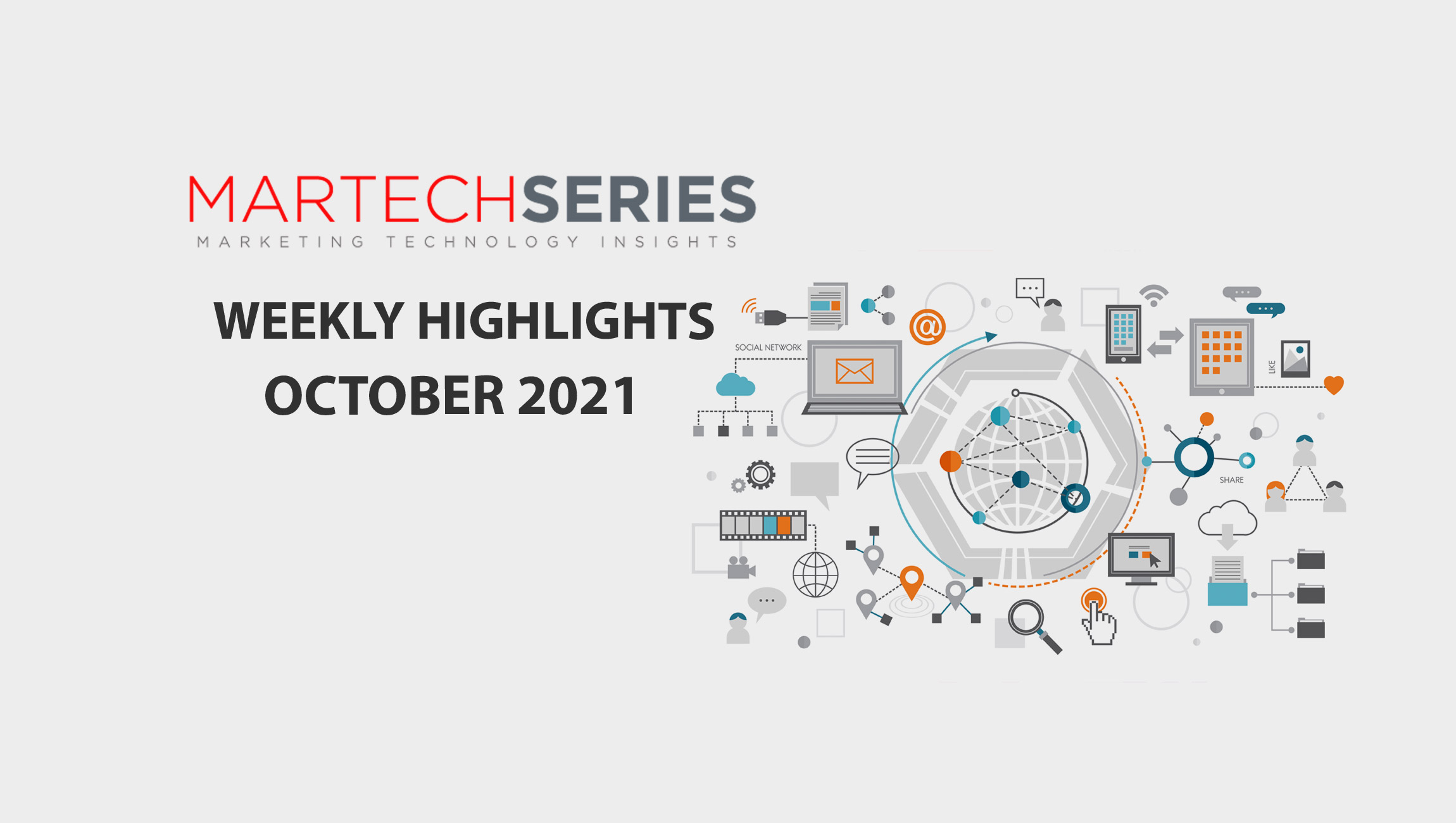Aditya Padhye, General Manager at Trestle by eyeo talks about the impact of new age ad solutions and how they can benefit advertises, keeping user choice and preferences in mind:
_______
Welcome to this MarTech Series chat Aditya, tell us more about eyeo’s story so far…
eyeo was founded in 2011 in Cologne, Germany, and has expanded rapidly in the years since, with its technology now used by more than 225 million people around the world. It has formed partnerships with a range of big tech companies, advertisers and publishers. eyeo employs 250 people across 32 countries, with offices in Berlin and Malmo alongside its Cologne headquarters.
Over the last decade, the company has developed a reputation for innovation in the advertising industry, through pioneering initiatives such as the Acceptable Ads Standard and a range of privacy-focused tools like Crumbs, which provides an additional layer of privacy protection for users when browsing online. Its first dedicated advertiser solution, Trestle, reiterates its efforts to bring value to all stakeholders. This is all part of eyeo’s mission to empower a fair and sustainable online value exchange.
We’d love to hear more on how the platform has evolved and about any upcoming innovations you have in store?
For over a decade the advertising industry has seen digital content consumers as almost binary; ad-blocking users and non-ad-blocking users. However, as the industry and technology evolved, this way of thinking is no longer valid or accurate. eyeo introduced ad filtering as a sustainable way to meet the varied and complex needs of these users. Many users are open to advertising when certain conditions are met while reserving the right to filter out the most invasive or intrusive ads. With this in mind, collaboration rather than confrontation is the way forward.
Ensuring the privacy of users has also been a key belief at eyeo. In January this year, we introduced Crumbs, which elegantly combines privacy control, online targeting and measurement under one umbrella – giving browsers a framework to support a privacy-focused web ecosystem.
More recently, in August we introduced Trestle. A new solution which enables advertisers to connect with 225 million users that were never available before due to ad blocking. Trestle is the marketplace that offers a sustainable and fair middle ground between user choice and monetization, benefiting both advertisers, publishers and users alike. It also works with the Acceptable Ads Standard. Through the introduction of Trestle, we have created the largest user-consented advertising platform on the free web. On top of extending our reach to create a unique solution that ensures all parties involved, from users to publishers and advertisers, Trestle enables all to take part in creating a fairer and more profitable internet.
How have you been seeing innovations in adblockers change the game or impact how advertisers / marketers now have to realign their processes for better online reach?
Looking back on the last decade of online advertising, it’s clear that online ads are now louder, flashier and more invasive. As a result, ad blockers have risen in popularity. Online users want to have greater control over their online experience, especially over the ads they do or do not wish to see. As public perception of ad blocking as a positive began to grow, and users became more aware of issues surrounding data privacy, advertisers scrambled for new tactics to circumvent blockers and deliver their messages to millions worldwide.
At eyeo, we take a different approach. That’s why we support the Acceptable Ads Standard. Rather than being flashy and invasive, Acceptable Ads are respectful and nonintrusive. For an ad to be classed as “acceptable,” it needs to follow the standards set by the independent Acceptable Ads Committee. It’s worth noting that communities across the globe are using the Acceptable Ads Standard to deliver their messages to over 225 million users worldwide. Acceptable Ads helps create a fairer web for all parties in the value exchange–advertisers, publishers and online users.
This demonstrates that banner ads still work, but only if advertisers deliver creative ad formats that don’t negatively disrupt a user’s browsing experience. Instead, advertisers need to focus on creating positive experiences. For example, by respecting consumers’ ad format preferences, brands can only boost their brand’s perception. This is the best way forward for online advertising. Only through gaining a better understanding of the motivations, browsing habits, preferences and requirements of “ad-aware” users will we be able to deliver a win-win for everyone in the digital ads supply chain.
As adtech evolves to offer more precise and targeted features, what should marketers and advertisers consider when planning campaigns in order to optimize ROI?
Acceptable Ads has an important value proposition, namely to facilitate a sustainable value exchange between publishers and ad-blocking users. The acceptance of non-intrusive ads that respect user experience means that not all internet users hate ads, or at least are not against all forms of advertisement and are undervalued digital native audiences and micro influences.
This, coupled with the high percentage of users in the most valuable user demographic groups, is why advertisers should look to reach out to these ad-filtering users to extend their reach and optimize their ROI. With 21 million users in the US alone and more than 225 million users globally, it’s not an insignificant number any more. Especially if you are a consumer brand, you can’t afford to miss out on these younger tech-savvy audiences.
A few thoughts on the future of adblockers and how elements like cookie-less marketing will create new fundamentals for advertisers and marketers of tomorrow?
Third-party cookies are already missing from Firefox and Apple’s Safari browser, and Google is well on the way to phasing out support for them on its Chromium browser, meaning the advertising and ad-tech industries are now in the midst of looking for a viable alternative. Google is suggesting its alternative, the well-documented Privacy Sandbox, which “aims to create web technologies that both protect people’s privacy online and give companies and developers the tools to build thriving digital businesses to keep the web open and accessible to everyone, now, and for the future”. While this sounds great on paper, not everyone is convinced. Google’s plan to publicly launch Privacy Sandbox in early 2021 was investigated by the UK’s Competition and Markets Authority (CMA) as critics feel it will only serve to reinforce Google’s own monopoly within the online advertising industry.
In essence, the concern is that the market dominance of Google (and others, such as Apple and Facebook) risks being strengthened if these tech giants are allowed to replace the outdated, unfit for purpose third-party cookies system with their own proprietary tools to collect, use and share users’ private data. To put it simply, in a situation where no one else can track your web viewing habits, does the data that Google, Apple or Facebook gather from users on their platforms and browsers become all the more valuable?
If the phasing out of third-party cookies only serves to increase the amount of ad expenditure concentrated in Google, Apple and Facebook’s own walled gardens, then there is a clear danger of harming the open web.
A few martech and adtech tools you feel marketers today need to integrate into their overall tech stack and why?
At eyeo, we are not shy of experimenting and testing new solutions to reach the younger tech-savvy audiences, which is a growing challenge for marketers. However, part of these audiences are sitting right under our noses. As such, we have created a series of technologies to help marketers reach their target audiences.
a) The Acceptable Ads Standard: an independently established and transparent set of criteria for nonintrusive ads which are shown to Acceptable Ads users across the globe.
b) Crumbs: a revolutionary new approach to managing user data privately and a sustainable digital advertising alternative for the post-third-party cookie world, providing an additional layer of privacy protection for users when browsing online.
c) Trestle: A solution that enables advertisers to connect with 225 million users that were never available before due to ad blocking. Trestle will become the marketplace that will offer a sustainable and fair middle ground between user choice and monetization, benefitting both advertisers, publishers and users alike.
Some last thoughts and takeaways for marketing and sales leaders to keep in mind through 2021?
Now is the time for marketing, sales, ad tech leaders to wake up and recognize the opportunity to adapt to the new era of privacy. Acceptable Ads will be a key component in reaching ad-filtering users as it has the power to ensure only respectful, noninvasive adverts are targeted to the public – especially the younger generation. If these platforms are to stay competitive and keep pace with changing consumer demands, they need to value the privacy and the choices/preferences of users and question why so many are choosing to adopt ad blockers.
 eyeo is dedicated to building technology that supports a fair and sustainable online value exchange between users, publishers and advertisers.
eyeo is dedicated to building technology that supports a fair and sustainable online value exchange between users, publishers and advertisers.
Aditya Padhye, General Manager, Trestle at eyeo, is heading the Acceptable Ads’ advertiser solution. Over the past decade, Aditya has worked closely with many global publishers, advertisers and ad tech solutions. With his deep understanding of the digital media landscape, he spotted a widening gap between digital marketers and ad-filtering users and has since worked on building solutions that will help advertisers reach these high-value audiences. His expertise makes him a true thought leader in the field of ad tech and ad blocking.











